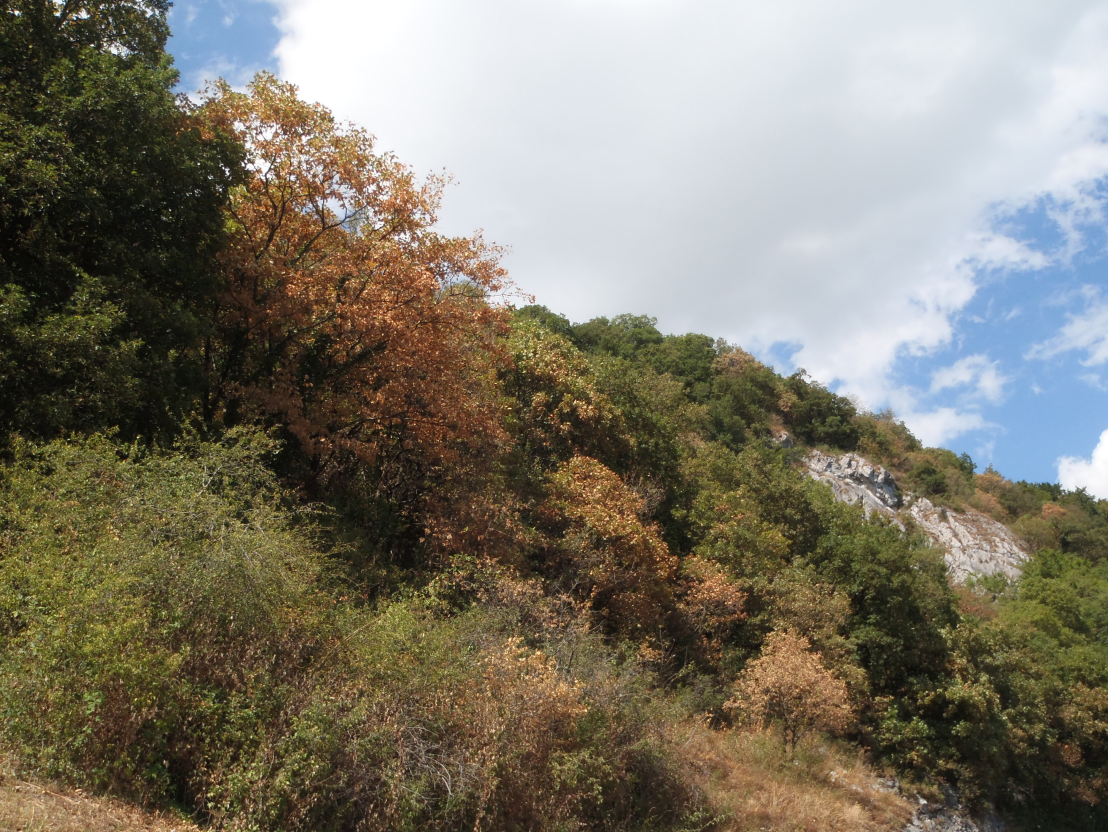Improving tree mortality modeling at the landscape level (LandMort)

This project is divided into two parts. One part is related to landscape dynamics (described below), while the other part is related to stand dynamics (more details are available here).
Tree mortality is a crucial process in population ecology, and model-based predictions of future forest dynamics thus require accurate mortality formulations. However, despite recent advances in understanding determinants of tree mortality, it is still simulated in a simplistic manner in most forest landscape models. This project aims at improving growth-dependent and disturbance-induced mortality formulations in the landscape model LandClim to reduce the uncertainty in future predictions.
In the first part of this project, we systematically analyze the growth-dependent mortality submodel in LandClim and test alternative approaches. Tree mortality in LandClim is simulated based on theoretical mortality algorithms that lack empirical justification, and in a first step, we test the model against recent empirical data. Subsequently, we evaluate in a pattern-oriented modelling framework (external page Grimm et al. 2005) whether alternative mortality formulations and parameterizations improve model performance. The mortality submodel will be modified depending on these results.
In the second part, the formulation of disturbance-induced mortality is evaluated and updated. Large-scale disturbances such as forest fires, windthrow events, or insect attacks can be crucial factors driving landscape-scale forest dynamics in many regions. Recent research has increased our understanding of the drivers influencing the frequency and severity of such disturbance events. We incorporate these new findings into LandClim, with a particular focus on fire (please also see the ForestFiresEurope project) and windthrow.
The third part focuses on interactions between climate and disturbances. Tree death usually does not result from a single factor, but rather from a combination of several biotic and abiotic factors and their interactions. The susceptibility to bark beetle infestation, for instance, is increased if trees suffers from drought. Such interactions are often complex and operate on different spatial and temporal scales; predicting their impact on forest dynamics under climate change is thus challenging. Using the revised mortality and disturbance submodels, we will be able to simulate and analyze future landscape dynamics for several Swiss forest landscapes considering the uncertainties in the interactions between climate and disturbances.
Funding
The project is part of the ATMO2 project funded by the Swiss National Science Foundation (SNSF). More details can be found on the project webpage of the external page SNSF.
Status of the project
The project runs from April 2016 to March 2019.
Contact
Please contact Gunnar Petter, Christof Bigler or Harald Bugmann for more information.